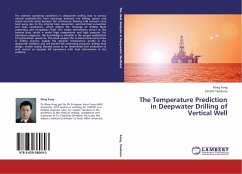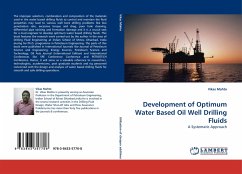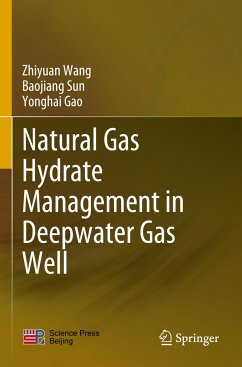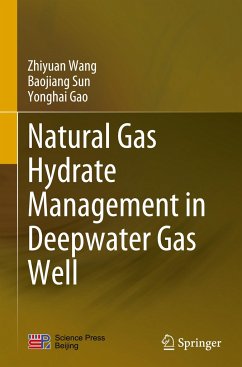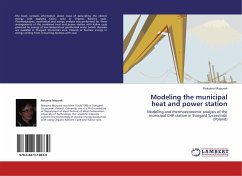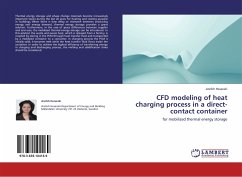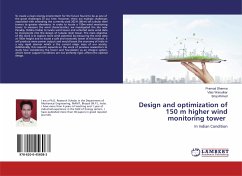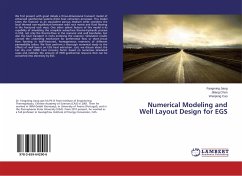
Numerical Modeling and Well Layout Design for EGS
Versandkostenfrei!
Versandfertig in 6-10 Tagen
16,99 €
inkl. MwSt.

PAYBACK Punkte
8 °P sammeln!
We first present with great details a three-dimensional transient model of enhanced geothermal systems (EGS) heat extraction processes. This model takes the reservoir as an equivalent porous medium while considers the local thermal non-equilibrium between solid rock matrix and fluid flowing in the fractured rock mass. One other salient feature of this model is its capability of simulating the complete subsurface thermo-hydraulic process in EGS, not only the thermo-flow in the reservoir and well boreholes, but also the heat transport in rocks enclosing the reservoir. Simulation results unravel ...
We first present with great details a three-dimensional transient model of enhanced geothermal systems (EGS) heat extraction processes. This model takes the reservoir as an equivalent porous medium while considers the local thermal non-equilibrium between solid rock matrix and fluid flowing in the fractured rock mass. One other salient feature of this model is its capability of simulating the complete subsurface thermo-hydraulic process in EGS, not only the thermo-flow in the reservoir and well boreholes, but also the heat transport in rocks enclosing the reservoir. Simulation results unravel the underlying mechanism for preferential flow or short-circuit flow forming in well-fractured, homogeneous reservoirs of different permeability values. We then perform a thorough numerical study to the effects of well layout on EGS heat extraction. Last, we discuss about the hot dry rock (HDR) heat recovery factor based on numerous simulated cases and estimate the amount of HDR geothermal resource that can be converted into electricity by EGS.




